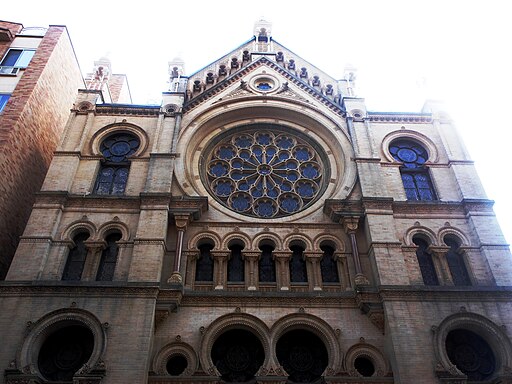I recently had the honor of presenting the keynote address at the
Yom HaShoah Remembrance at the Diocese of Venice’s Epiphany Cathedral in Florida on May 4, 2014.
Below is a brief excerpt from this address, which you can read in its entirety here:
Scorning the biblical teaching that every human being comes from the same ancestry, denying the sublime statement that each of us is created in the image and likeness of the one God, Hitler divided the world between Nietzsche’s super-race and the lesser beings, some groups even less worthy of life than those designated to be slaves of the Teutonic race. To counter this abominable theory, still influencing certain groups, even in this country, we recall the teaching of the Talmud in Tractate Sanhedrin. Looking at a pile of beautiful coins, a teacher exclaimed: “How great is the emperor who can make a hundred coins in his image, each exactly like the other! How much greater is our God, who can make millions of human beings in his own image, and each of us is different!” (Mishnah Sanhedrin 4:5).
We gather today shortly after the ancient Israelite feast of Passover, celebrated to our time as a perpetual memorial of the liberation of the twelve tribes from slavery in Egypt. That departure in haste showed how the God of Abraham could triumph over the Pharaoh, who claimed divine authority over his kingdom and all its inhabitants. Modern dictators have exhibited a similar megalomania.
During the Passover Meal each spring, the Jewish people remember this past event in a distant place with the conviction that this generation is the beneficiary of the wisdom and power, the goodness and mercy of God. The event of Passover and Exodus was limited in time and space, but the divine attributes transcend the ages, so God’s hand may be experienced again and again.
In every generation every Jew must consider himself as one who came out of Egypt…“The Holy One, blessed be He, did redeem not only our ancestors but also us with them; as it is written; and he brought us out from there to bring us to the land He had promised to our ancestors.” (Passover Haggadah).
As in all the practices related to divine worship in the biblical heritage, the Passover Meal provides a context for education of the younger generation. The Father tells the children gathered around the table: “This is what the Lord did for me as he brought me out of the land of Egypt” (Exodus 13:8).
In the light of this spiritual message, which has been incorporated into the tradition of Christianity as well, some people ask: why was God silent during the years of the Shoah? Others ask: did God only seem to be silent? Were people, even many of good will, perhaps deaf to the divine voice echoing down the millennia in the Word being proclaimed in worship? Very cleverly, the Nazis allowed Christians to exercise piety by going to church, but attacked anyone who expressed a moral evaluation of their regime…
Read the full address.
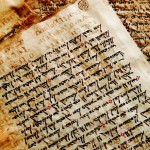 I just added the new page, Academic Study of the Bible, to the Research & Resources section of my website.
I just added the new page, Academic Study of the Bible, to the Research & Resources section of my website.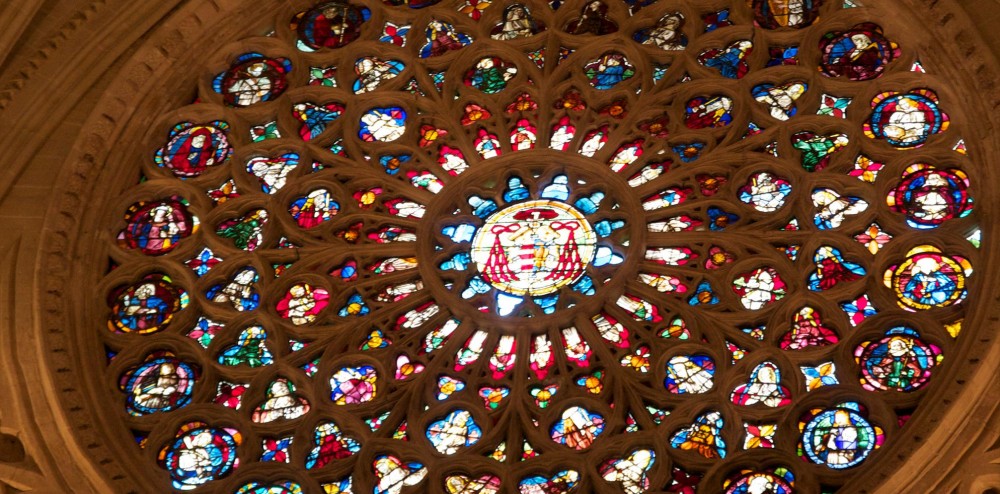

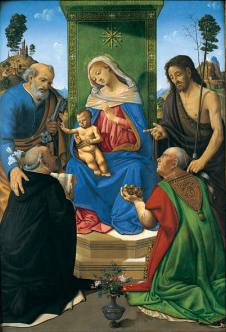



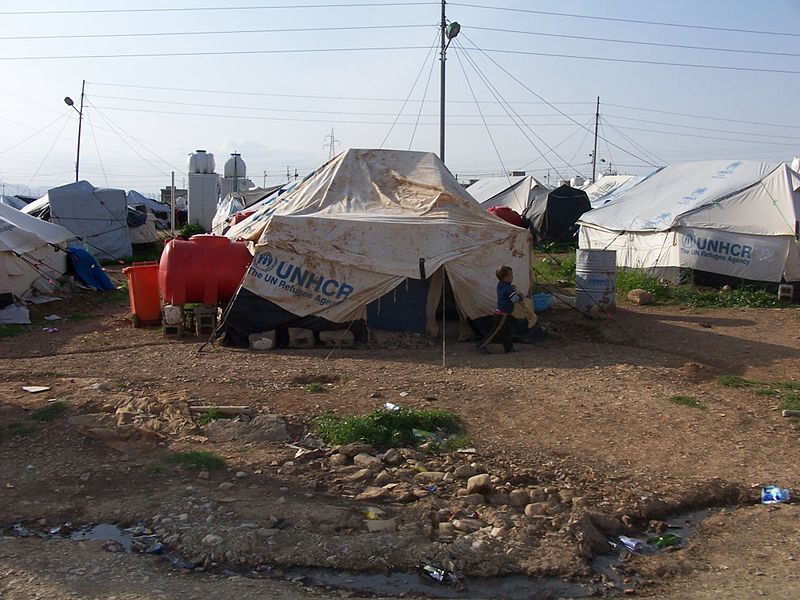
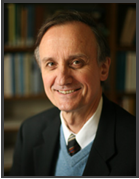
![By Europe_(orthographic_projection).svg: Ssolbergj derivative work: Dbachmann (Europe_(orthographic_projection).svg) [CC-BY-SA-3.0 (http://creativecommons.org/licenses/by-sa/3.0), GFDL (http://www.gnu.org/copyleft/fdl.html) or GFDL (http://www.gnu.org/copyleft/fdl.html)], via Wikimedia Commons Europe orthographic Caucasus Urals boundary](http://upload.wikimedia.org/wikipedia/commons/thumb/d/de/Europe_orthographic_Caucasus_Urals_boundary.svg/512px-Europe_orthographic_Caucasus_Urals_boundary.svg.png) As people everywhere continue to pray for the 200 plus girls kidnapped on April 15th in northern Nigeria and now for the three teenage Israeli boys snatched from a street in Gush Etzion area in the West Bank, we acknowledge the vulnerability of young people caught in the polarized communities of Africa and the Middle East.
As people everywhere continue to pray for the 200 plus girls kidnapped on April 15th in northern Nigeria and now for the three teenage Israeli boys snatched from a street in Gush Etzion area in the West Bank, we acknowledge the vulnerability of young people caught in the polarized communities of Africa and the Middle East.